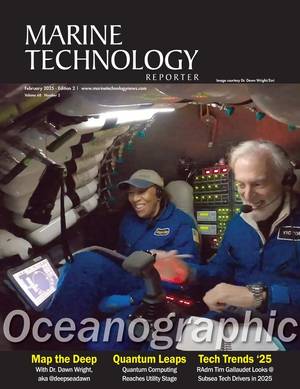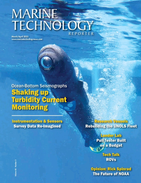New Site Data Collected for Fundy Tidal Project
Efforts to understand the unique environmental conditions in the Minas Passage of the Bay of Fundy are moving forward.
- Acoustic Doppler current profilers (ADCP) and the Vectron (measuring current speed and turbulence)
- Acoustic zooplankton and fish profiler (assessing zooplankton and fish density and depth distribution)
- Water quality sensors (measuring water conductivity, temperature, and salinity)
- Optical sensor (measuring sedimentation size, distribution and volume concentration using laser diffraction)
- Tide, turbidity, and current sensors
- Orientation sensor (measuring pitch, roll and heading – crucial to platform placement and the analysis of all other instruments)
- ABCO Industries (Lunenburg, NS) – large platform construction
- Acadia University – tidal current modeling Acadia University (Wolfville, NS) – fish distribution analysis; acoustic sensor work
- blue C designs (Halifax, NS) – custom onboard orientation technology with acoustic interrogation design
- CulOcean Consulting (Halifax, NS) – hydrodynamics (currents, turbulence, and wave) analysis
- Dalhousie University (Halifax, NS) – sediment analysis
- Dalhousie University, (Halifax, NS), Memorial University (St. John’s, NL) – acoustic Doppler instrumentation innovation (the Vectron)
- Dominion Diving (Dartmouth, NS) – project component mobilization and assembly
- Dynamic Systems Analysis (Halifax, NS) tidal flow loadings and platform deployment modelling
- Earle MacAloney Excavation Ltd. (Parrsboro, NS) on-land platform management
- EMO Marine Technologies Ltd. (Dartmouth, NS) – fibre optic system design and build
- JASCO Applied Sciences (Dartmouth, NS) – passive acoustic science and technology
- Lenkeek Vessel Engineering (Dartmouth, NS) – platform final design
- Ocean Networks Canada (Victoria, BC) – initial concept development, ongoing online data management
- OceanMoor Technical Services (Falmouth, NS)
- OceanWorks International (Vancouver, BC) – preliminary design of FAST-1 platform and recovery system
- Open Seas Instrumentation (Musquodoboit Harbour, NS) – FAST-2 platform design and construction
- Seaforth Geosurveys Inc. (Dartmouth, NS) – platform deployment location evaluation and selection
- Velocity Machining & Welding (Dartmouth, NS) – high precision components for FAST-1 platform fabrication
- WPV Designs (Fall River, NS) – instrument mount fixtures design and fabrication







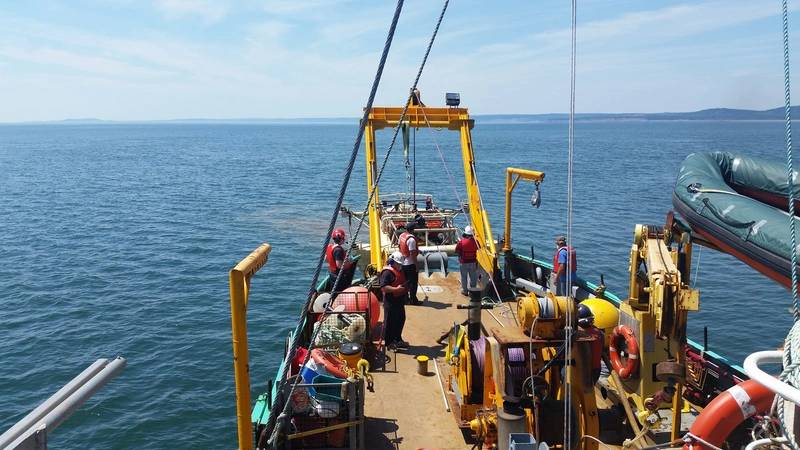
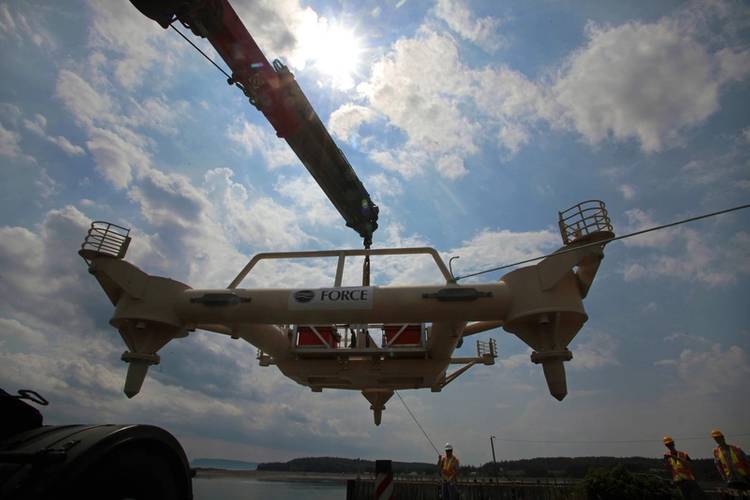
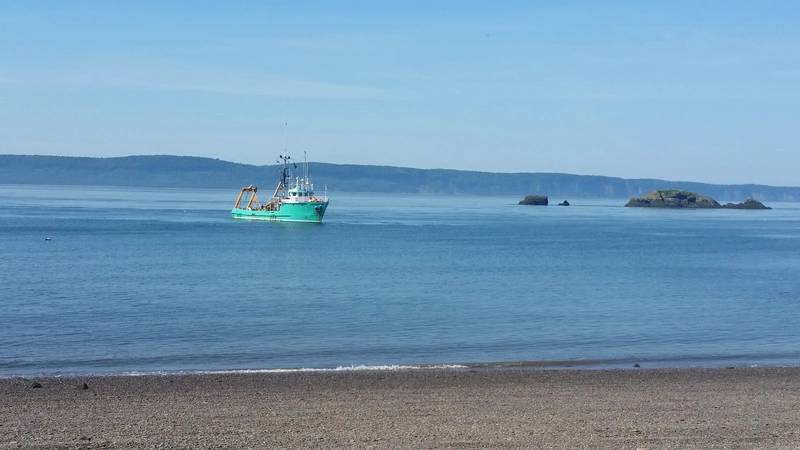
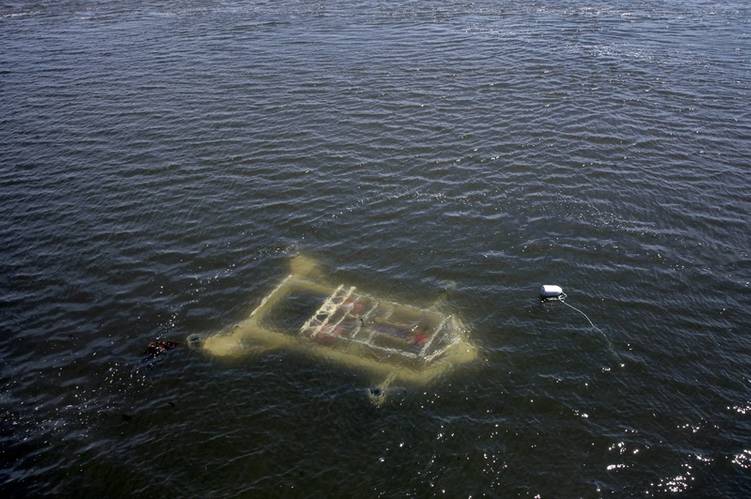
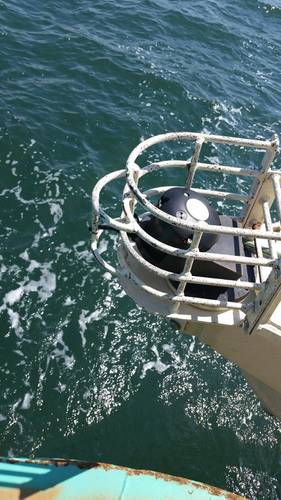
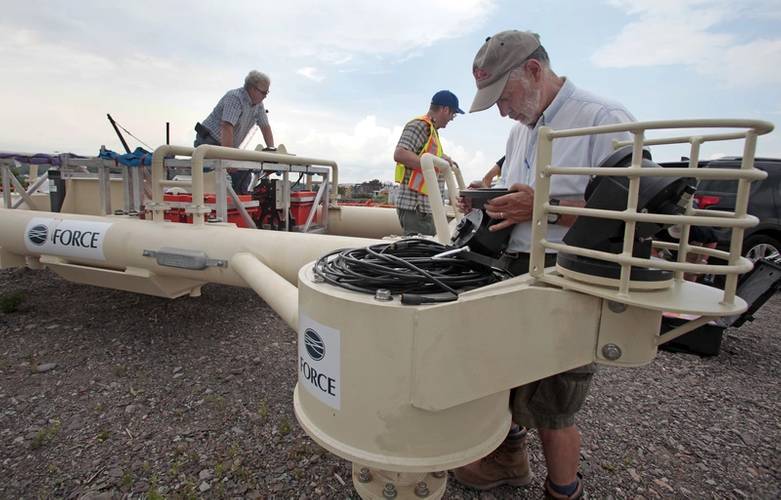
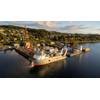
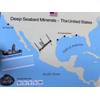
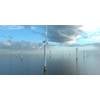

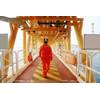
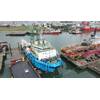





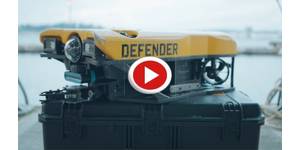
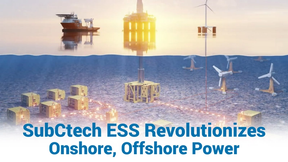
 February 2025
February 2025
